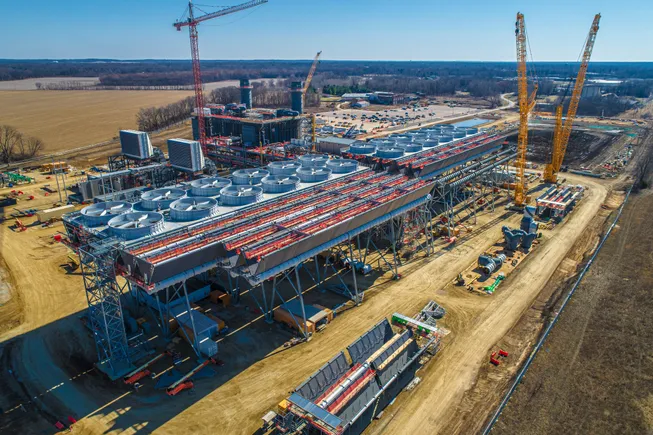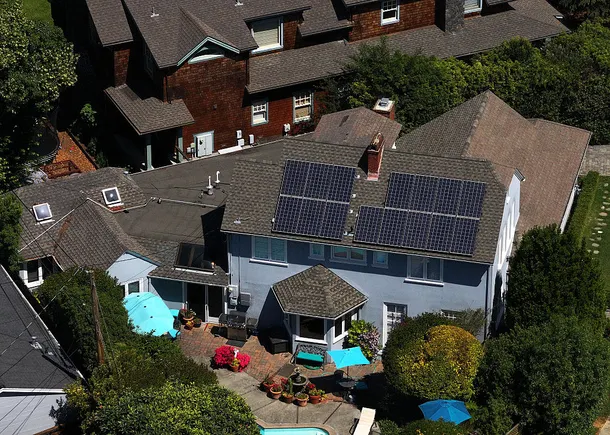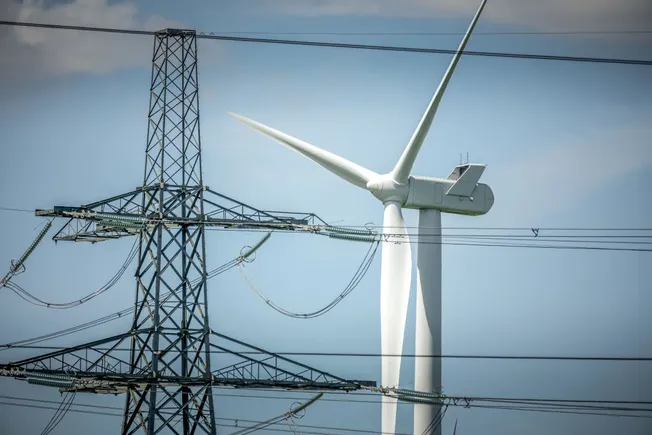The Big Picture
The New York Times asked 35 law professors for their assessment of the constitutional situation during Donald Trump's second term in office. They got many thousands of words, which they boiled down into an op-ed that appeared this morning.The Times ended up using only a single sentence of what I wrote. So I publish here what I originally sent them about some of the deeper causes of our current problems.* * * * *For the past forty or so years the United States has been descending into a deeper and deeper constitutional rot. The signs are (1) increasing polarization; (2) increasing wealth and income inequality; (3) policy disasters like the Iraq War and the 2008 financial crisis that convince ordinary people that their government is unconcerned with their welfare; and (4) and loss of social trust--between politicians of different parties, between the public and the political classes, and between the public and almost every institution of social life, whether it be science, medicine, the media, sports, business, or the academy. Loss of social trust is the cancer of democracies.Increasing constitutional rot leads to increasing episodes of constitutional hardball that violate the norms of fairness and forbearance that are necessary for republics to survive. They lead to a vicious cycle of increasing mutual distrust and partisan warfare that encourages the violation of still more norms. An increasingly disaffected and distrustful public eventually turns to demagogues. Demagogues flatter the public by telling them that they have been wrongly treated and humiliated by callous elites. Demagogues assert that they speak for the real people of the nation and that they will wreak vengeance on the evil cosmopolitan elites, renew the nation, and restore its past glory. Donald Trump, who exhibits all the classic features of a demagogue, arrived as if on cue. In periods of advanced constitutional rot, constitutional norms break down, to paraphrase Hemingway, gradually, and then suddenly. The separation of powers no longer prevents overreaching and power grabs. Quite the contrary: a polarized Congress becomes feckless and docile and unable to stand up to executive overreaching. The courts by themselves cannot halt the breakdown of constitutional norms. They move far too slowly and they cannot keep up with an executive determined to break the rules quickly and delay judicial resolution as long as possible. Moreover, constitutional rot eventually reaches the Supreme Court. The public increasingly distrusts the judiciary and the Supreme Court, and individual Justices demonstrate through their actions that they are not trustworthy guardians of the Constitution. Politicians play on this distrust, threatening and demonizing individual judges with the goal of delegitimating them and making the courts anxious, cautious, and afraid of being defied and rendered irrelevant.People talk of this or that event being a constitutional crisis but the real issue is constitutional rot, which is the death of democratic republics. The problem for republics throughout history has been that they are too easily corrupted and eventually turn into oligarchies or autocracies. What is remarkable is that our republican system has lasted as long as it has (although it already failed once in 1860). In his speech near the end of the Philadelphia Convention praising the proposed constitution, Benjamin Franklin described the inevitable end of republics: "this [government] is likely to be well administered for a course of years, and can only end in Despotism, as other forms have done before it, when the people shall become so corrupted as to need despotic Government, being incapable of any other." The danger is that the American public will not resist creeping authoritarianism but actively welcome it. The central problem of our age is whether the United States can get out of our current period of constitutional rot and experience a period of constitutional renewal. Fortunately, this has happened twice before in our history. The first example was Reconstruction following the Civil War. The second was the Progressive Era and the New Deal following the First Gilded Age and World War I. The bad news is that the first of these renewals only came after a bloody civil war, and the second was a period of deep social unrest that abandoned African-Americans and was interspersed by a World War and a Great Depression. Unfortunately, constitutional rot is a stubborn condition and it will not go away quickly. In the meantime, our constitutional system is on a knife's edge.
The New York Times asked 35 law professors for their assessment of the constitutional situation during Donald Trump's second term in office. They got many thousands of words, which they boiled down into an op-ed that appeared this morning.
The Times ended up using only a single sentence of what I wrote. So I publish here what I originally sent them about some of the deeper causes of our current problems.
* * * * *
For the past forty or so years the United States has been descending into a deeper and deeper constitutional rot. The signs are (1) increasing polarization; (2) increasing wealth and income inequality; (3) policy disasters like the Iraq War and the 2008 financial crisis that convince ordinary people that their government is unconcerned with their welfare; and (4) and loss of social trust--between politicians of different parties, between the public and the political classes, and between the public and almost every institution of social life, whether it be science, medicine, the media, sports, business, or the academy. Loss of social trust is the cancer of democracies.















































































































































